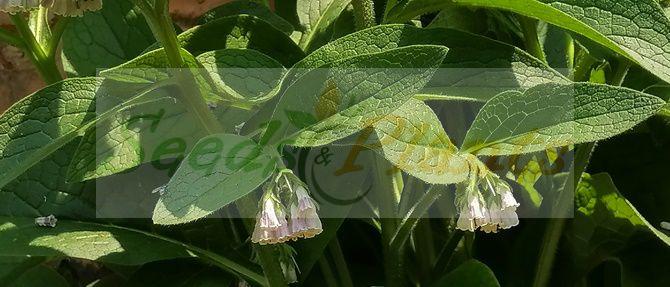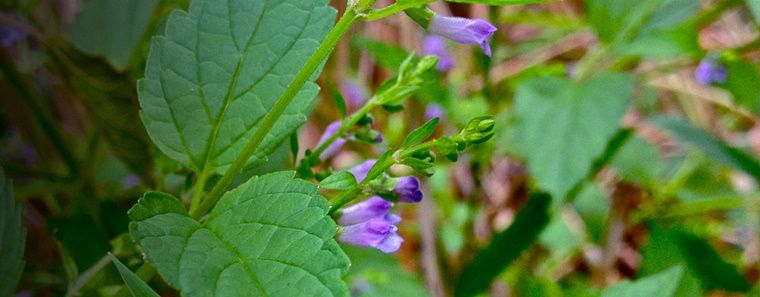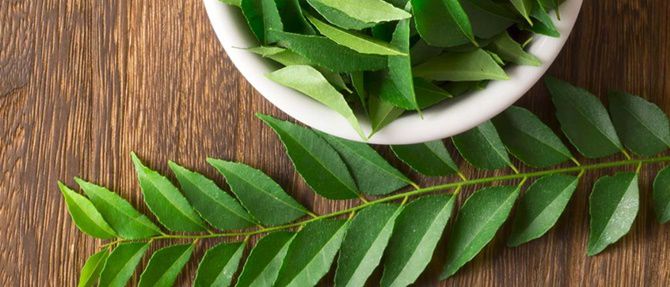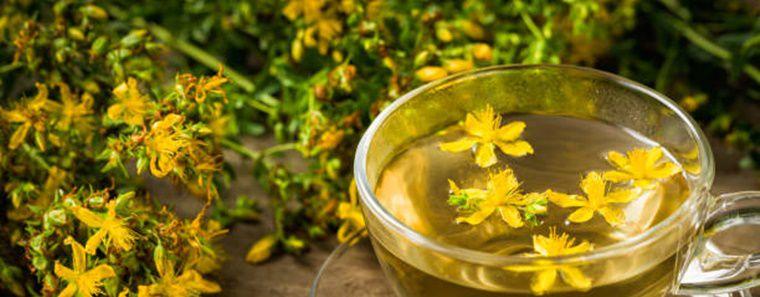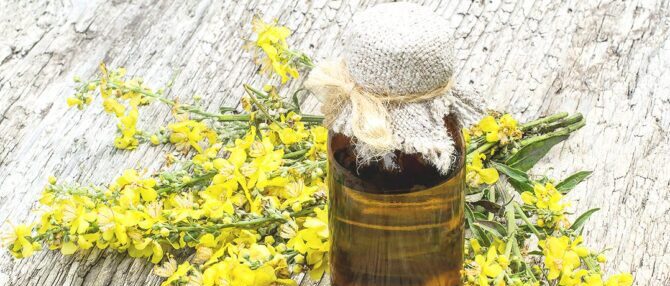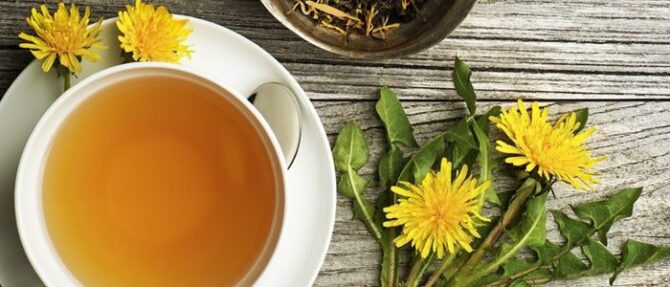Herbal Remedies
Comfrey Medicinal Uses
Comfrey Medicinal Uses date back to at least 400BC. The Greeks and Romans commonly used Comfrey to stop heavy bleeding, treat bronchial problems and heal wounds and broken bones. The Comfrey herb (Symphytum officinale) is a member of the Borage family, Boraginaceae.
Common Names: Common Comfrey, Knitbone, Knitback, Consound, Blackwort, Bruisewort, Slippery Root, Boneset, Gum Plant, Consolida, Ass Ear.
Comfrey Medicinal Uses Overview
Comfrey roots and leaves contain allantoin, a substance that helps new skin cells grow, along with other substances that reduce inflammation and keep skin healthy. Constituents of Comfrey also include proteins, mucilage, phytosterols, steroidal saponins, tannins, pyrrolizidine alkaloids and inulin. It also contains vitamin A, B1, B2, B3, B5, B6, B12, C and E, and minerals like calcium, chromium, cobalt, copper, iron, germanium, magnesium, manganese, phosphorus, potassium, sulfur and zinc. Modern science confirms that Comfrey can influence the course of bone ailments.
Among its benefits, it may help in the treatment of:
- Bronchial problems.
- Broken bones, sprains and arthritis.
- Gastric and varicose ulcers.
- Severe burns, acne, boils, eczema or psoriasis.
- Scar and Wound healing.
- Skin rashes and insect bites.
- Cold sores and chicken pox blemishes.
- Athlete’s foot.
- Varicose veins.
- Premature aging – Skin Rejuvenation. It helps to tighten loose skin, softens skin and reduces the appearance of fine lines and wrinkles.
Personal Note: I can personally attest to the fantastic healing properties of Comfrey. I recently broke my wrist. Both my ulna and radius bones were very badly fractured and I had to undergo distal radius ORIF surgery. Immediately after surgery I started to apply a Comfrey leaf poultice to my injured wrist. Not only did topical application of Comfrey leaves help with swelling and pain management, it actually helped to heal both my ulna and radius bones in record time. Additionally, the surgical scar is hardly visible, due to Comfrey! The medical staff were amazed at my fast recovery and the fact that the surgical scar was hardly visible a few days after surgery.
Caution:
- Internal usage of Comfrey should be avoided because it contains hepatotoxic pyrrolizidine alkaloids.
- Do not use Comfrey for more than 10 days in a row.
- Do not use Comfrey in the presence of active liver disease or in conjunction with medications that impair liver function.
- Comfrey heals the skin super fast, so when you apply it to a cut, make sure that the wound is properly cleaned first, else the dirt will be trapped inside and cause an infection.
Comfrey Herbal Preparations and Uses
Parts Used: Leaves and Root.
- Infusions.
- Ointments.
- Poultice.
- Compresses.
Comfrey Herbal Recipes
Comfrey Poultice
- Steep fresh chopped leaves in water that has been brought to a boil for 20-30 minutes.
- Strain with a kitchen strainer.
- Wrap the steeped leaves in cheesecloth, muslin or you can even use a bandage, to make a poultice and apply externally.
Comfrey Tea (For external application only)
- Steep fresh chopped leaves in water that has been brought to a boil for 20-30 minutes.
- Strain with a kitchen strainer and pour the liquid into a jar.
- The tea can be stored in the refrigerator for up to 6 months.
Disclaimer
Medicinal Information:
All medicinal information on this website is for educational and informational purposes only and may not be construed as medical advice. The information is not intended to replace medical advice or treatment offered by healthcare professionals.
Seeds, Plants, Plant Cuttings, Geophytes and Dried Herbs:
In some countries and provinces, certain plants are deemed as invasive and are not allowed to be planted at all, whilst some plants are allowed to be grown only in certain areas or provinces. The onus is on you as the buyer to familiarize yourself with the regulations pertaining to your location, before purchasing any of our seeds, plants, plant cuttings, geophytes or dried herbs. We will not be held liable, should you purchase any seeds, plants, plant cuttings, geophytes or dried herbs. from us which are prohibited in your country or province.

